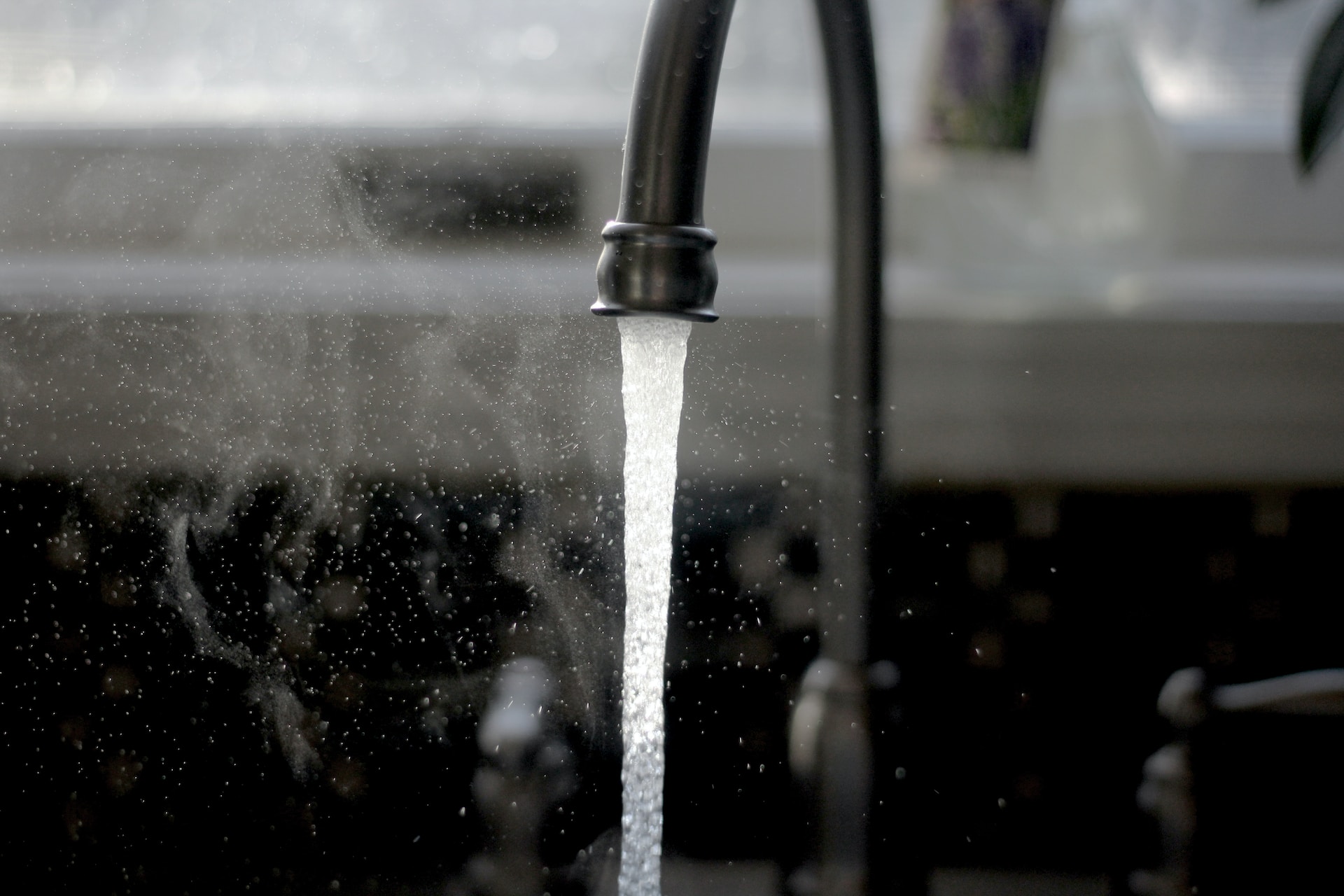When it comes to the health and safety of your family, ensuring the quality of the water you consume is of utmost importance. While water testing kits are readily available on the market, there are alternative methods you can use to test water quality at home without the need for a kit. In this comprehensive guide, we will walk you through various simple yet effective ways to assess the purity of your water, using household items and easy-to-follow techniques.
Why Test Water Quality at Home?
Water quality can be compromised due to various factors, including contaminants, pollutants, and natural minerals. Poor water quality can lead to health issues, including gastrointestinal problems, skin irritation, and more severe conditions in the long term. Regularly testing your water at home ensures the safety of your family’s health.
Methods to Test Water Quality Without a Kit
Method 1: The Sight Test
Fill a transparent glass with water and hold it up to a light source. Observe the water’s appearance. Clear, colorless water is a positive sign, while cloudiness, discoloration, or visible particles may indicate contamination.
Method 2: The Smell Test
Close your eyes and take a gentle sniff of the water. Fresh, clean water should have no noticeable odor. If you detect any unusual smell, such as a chlorine-like scent, it could signify contamination.
Method 3: The Boiling Test
Boil a sample of water in a clean pot for about 10 minutes. Let it cool and compare it to a sample of untreated water. If the boiled water has no residue or deposits, it’s likely free from excessive minerals. However, this test won’t detect chemical contaminants.
Method 4: The pH Test Using Red Cabbage
Boil a few red cabbage leaves in water to create a purple solution. Add a small amount of the water you want to test. If the solution turns pink, the water is acidic; if it turns greenish-yellow, it’s alkaline. This gives you a rough idea of your water’s pH level.
Method 5: The Turbidity Test
Fill a clear glass with water and set it on a flat surface. Look down through the water and note how clearly you can see the bottom of the glass. Murky or cloudy water suggests high turbidity, indicating potential contamination.
Frequently Asked Questions (FAQs)
FAQ 1: Can I rely solely on these methods for accurate water quality assessment? While these methods provide useful preliminary insights into water quality, they are not a substitute for comprehensive laboratory testing. If you notice any concerning signs using these methods, it’s recommended to follow up with professional water testing.
FAQ 2: What should I do if I find any signs of water contamination using these methods? If you observe any indications of water contamination, cease using the water for consumption and contact your local health department or a certified water testing laboratory for further analysis and guidance.
FAQ 3: How often should I test my home water supply? Regular testing is essential. Conduct these simple tests periodically, and if you experience changes in water color, taste, or odor, consider immediate testing.
Conclusion
Ensuring the quality of your home’s water supply doesn’t have to be complex or expensive. These DIY methods can offer preliminary insights into your water’s safety. However, for a comprehensive and accurate assessment, it’s advisable to engage professional testing services periodically.


Leave a Reply